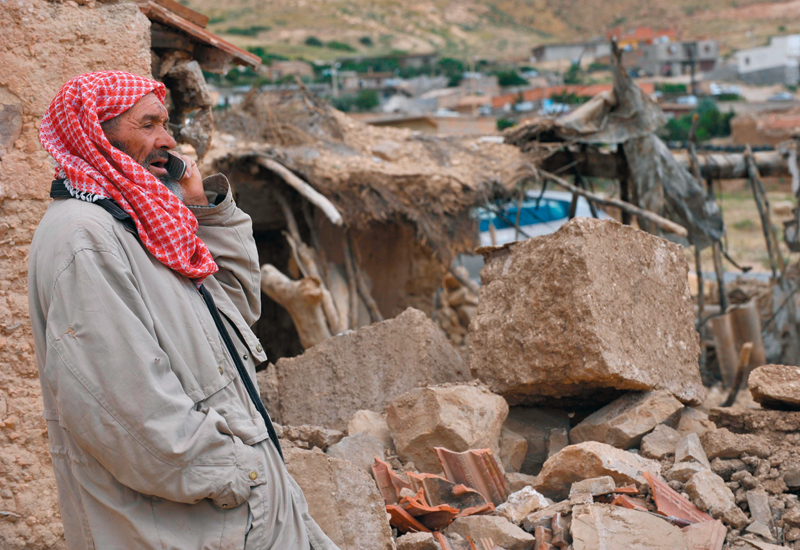ISLAMABAD ( MEDIA REPORT )
Due to diverse geo-climatic conditions prevalent in different parts of the globe natural catastrophes cause enormous destruction and create human sufferings and produce negative economic impact.
Disaster occurrences cannot be eliminated, but they can be managed in a better way. The successful management of emergency situations requires proper planning, guided response and well-coordinated efforts by adopting latest technology. Disaster cycle needs to be core of our information technology. Emergency responders face challenges of managing priorities, capacities, locations and the expectations of governments and the public in a complex environment and turbulent situation. Advancement in scientific technology in the form of Internet, geographical information system, remote sensing, satellite communication, weather observatory technology, early warning system and telemedicine made it possible to improve the quality and power of analysis of natural hazard assessment, guide development activities and assist planners in selecting measures and in the implementation of emergency preparedness and response actions. These enabling technologies can effectively contribute to the identification of hazardous areas, monitor the planet for its changes on real time bases, give early warning to many impending disasters and provide emergency communication, medical and relief management, disaster monitoring, modelling, mitigation, rescue operation management and rehabilitation strategies.
Over the three decades, scientific knowledge of intensity and distribution in time and space of natural disasters and technological means of confronting them expanded greatly in developed countries. Sensible nations have understood the mechanism, causes and parameters of the turbulent natural phenomena and the techniques to resist these adverse forces and, as a result, they got rid of consequences of natural hazards significantly. The critical information provided on weather prediction, identification of risk areas, response and relief work, global climate change and its implications on global environment is the fruit of this progress.
Pakistan is one of the most disaster-prone countries. It has witnessed devastating natural disasters in the recent past. Disasters have become an issue of growing concern across the country and the frequency and magnitude of natural catastrophes are on the rise. When we see disaster management in the context of adoption of scientific technology we can see problems in the pre-disaster and post-disaster phases as well as in times of planning and implementation. The responsible bodies/emergency organisations are still away from the ability to instantaneously connecting vast networks of individuals and organisations across great geographic distances, and to facilitate fast flow of information, capital, ideas, people and products.
However, the government, humanitarian agencies and emergency organisations are working hard to make use of information technology (IT) to tackle disasters with the help of conventional techniques. Decision makers should put efforts to use existing scientific and technical knowledge, adding advanced knowledge as needed to underpin the adoption and implementation of public policy for disaster prevention in accordance with the international strategy for disaster reduction framework.
Integration of space technology inputs into natural disaster monitoring and mitigation mechanisms is critical for hazard reduction. It is absolutely necessary to educate the people as well as decision makers to allocate resources for appropriate investments in information technology.
Applying scientific solutions in a complex situation merits not only special attention but necessitate true implementation of genuine emergency preparedness and response actions. It is high time for authorities concerned to develop new mechanisms involving information technology to help emergency organisations and professionals in the field of civil defence.
Published Daily Time on 8th March 2016

